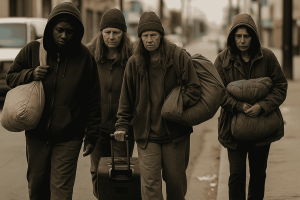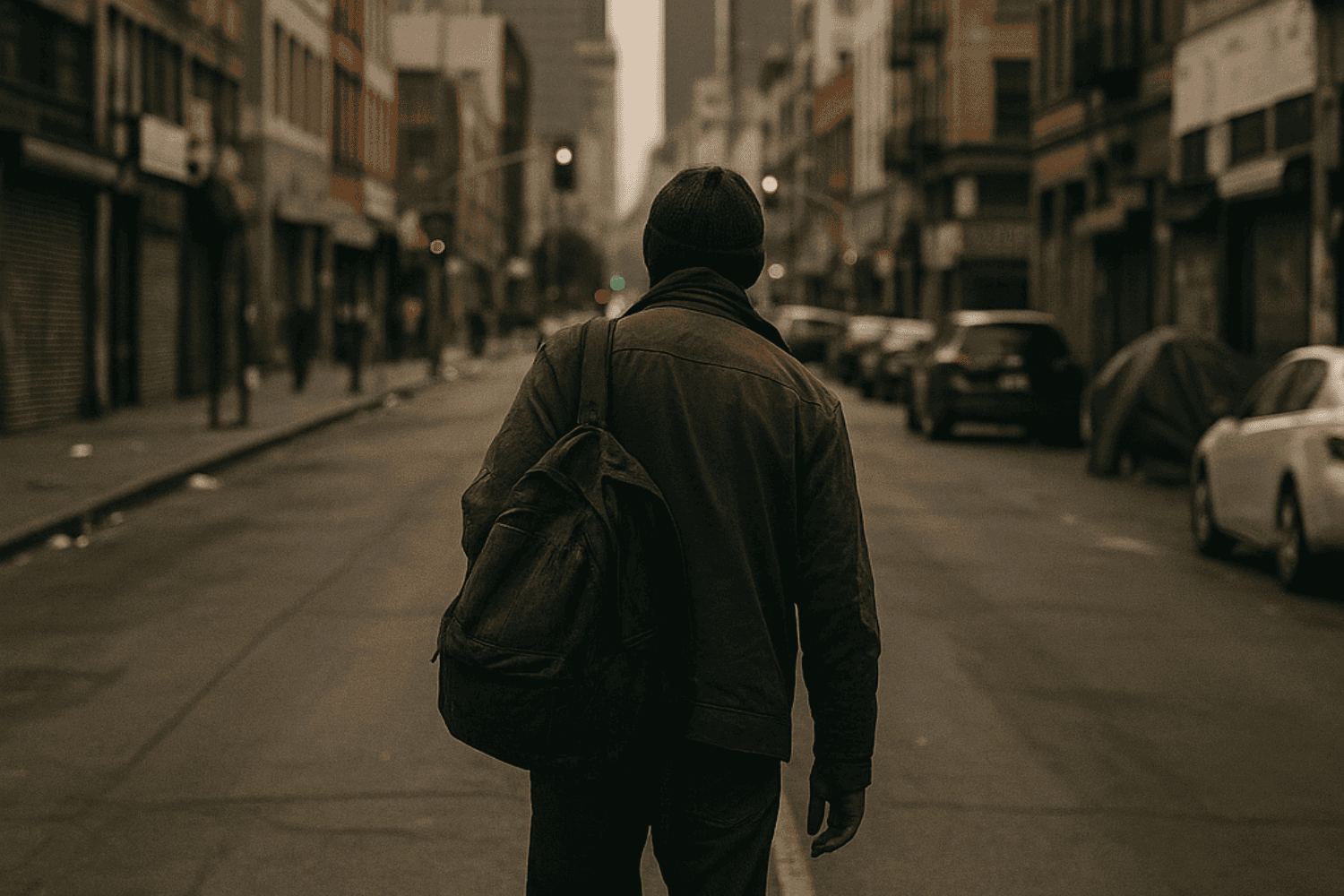Los Angeles is short more than 270,000 affordable housing units, a staggering number that continues to define life for millions of Angelenos.
With rents averaging 18% higher than the national norm and more than 80% of low-income renters spending over half their income on housing, the city’s housing landscape has become a daily struggle for working families, seniors, and the unhoused.
Add to that the devastation from the 2025 wildfires, which destroyed over 11,000 homes, and it’s clear: the Los Angeles housing crisis is not just a statistic; it’s a lived reality.
At LA Pottery Show, our experts have been tracking the housing crisis in Los Angeles for years. Drawing on local data, community voices, and regional planning updates, we’re offering this comprehensive look at the state of housing in 2025.
Here, we’ll break down the core issues, the policies in play, and the real-world effects on neighborhoods across the city.
Here’s what we’ll cover:
- The scale and causes of the housing crisis in Los Angeles: Historic underbuilding, zoning bottlenecks, and market pressures.
- How affordability and rent burden affect vulnerable communities: Especially black and Latino renters
- The connection between housing shortages and homelessness: How it fuels the growing unhoused population.
- Recent policy actions and institutional responses: Including LACAHSA and the “Three P’s” strategy.
- Practical and innovative housing crisis solutions: From ADUs to zoning reform and community-led programs.
By the end of this post, you’ll have a clearer understanding of what caused the housing crisis, how it impacts daily life, and the most promising housing crisis solutions being implemented today.
The Scope of the Crisis: Los Angeles Faces a Massive Housing Shortage
A 270,000-Unit Deficit and Rising Demand
As of 2025, Los Angeles faces a shortfall of over 270,000 affordable housing units. This deficit is concentrated among extremely low-income households. For every 11 market-rate units built, only two are affordable for very low-income renters.
Median rents in LA now sit about 18% above the national average. For many residents earning less than 50% of the area median income, housing eats up most of their monthly budget.
Disproportionate Rent Burdens for Low-Income and Minority Communities
Black and Latino renters bear the brunt of rent burden. Roughly 45% of black renters spend over half their income on housing. Among low-income renters overall, over 80% are in the same boat.
- Higher eviction and housing instability risks.
- Less money for essentials like healthcare or education.
- Greater displacement due to gentrification.
Wildfires and Natural Disasters Worsening Supply
In 2025, wildfires destroyed over 11,000 homes across LA County. These disasters wiped out scarce stock and displaced thousands.
Rebuilding has been slow, bogged down by insurance issues, permit delays, and labor shortages. Low-income renters without insurance are especially vulnerable.
What Caused the Housing Crisis in Los Angeles?
Historic Underbuilding and Limited Land Availability
Since the 1980s, LA has underbuilt drastically. Zoning restrictions and neighborhood resistance have made it hard to add density or affordable units.
Zoning, Bureaucracy, and Delays in Development
Developers face long delays due to environmental reviews, fragmented permitting, and legal appeals.
- Long CEQA processes
- Disjointed city department approvals
- Community lawsuits
Economic Pressures and Market Dynamics
Construction costs have surged due to inflation and labor shortages. Meanwhile, investor activity has squeezed out first-time buyers and renters.
High mortgage rates have pushed more people into renting, tightening the supply even further.
The Effects of the Housing Crisis on Daily Life

Overcrowding and Long Commutes
Many families now double or triple up in small units. Overcrowding is common in Koreatown, South LA, and East Hollywood.
Workers pushed to the suburbs now face long commutes, hurting their quality of life and adding to congestion.
Rising Homelessness and Housing Instability
As rents rise and affordable housing disappears, more people fall into homelessness. Thousands now live in vehicles or encampments.
- Seniors on fixed incomes
- Single-parent families
- Formerly incarcerated individuals
- Foster youth aging out
Health, Education, and Community Implications
Housing instability affects mental and physical health, disrupts children’s education, and weakens community ties.
Institutional Responses and Policy Shifts
LACAHSA and the Regional Coordination Model
LA County Affordable Housing Solutions Agency (LACAHSA) is designed to coordinate housing regionally, raising funds, acquiring land, and issuing loans to boost affordable housing.
The “Three P’s”: Production, Preservation, Protection
- Production: Build new units
- Preservation: Keep existing affordable stock intact
- Protection: Legal aid and subsidies for tenants
Tenant Protections and Housing Incentives
Local policies now include rent subsidies, eviction defense, and TOC incentives that allow denser construction near transit hubs.
Housing Crisis Solutions: What’s Working Now?
Accessory Dwelling Units and Transit-Based Housing
Since 2014, over 136,000 units have been permitted, many as accessory dwelling units (ADUs). These offer flexible, lower-cost housing in existing neighborhoods.
Small Lot Development and Underutilized Spaces
The “Small Lots, Big Impacts” initiative promotes building on odd-shaped lots. LA is also exploring freeway and powerline-adjacent land for development.
Streamlining Permits and Reforming Zoning
Efforts to simplify CEQA, enable “by-right” zoning, and set permit timelines aim to speed up development and reduce costs.
The Link Between Housing Affordability and Homelessness
Permanent Supportive Housing and Measure HHH
Measure HHH (2016) funded 10,000 units of supportive housing. While some progress has been made, construction has lagged.
Community-Based Solutions and Prevention Programs
Groups like United to House LA focus on eviction prevention and social housing, aiming to stop homelessness before it starts.
Funding and Long-Term Sustainability
LA County invests over $100 million annually in affordable housing and prevention. Sustained funding and public support are crucial.
In Conclusion
The Los Angeles housing crisis is deep-rooted, tied to zoning, inequality, and climate impacts, but real solutions are emerging.
At LA Pottery Show, we believe understanding is the first step. Through policy change and community action, LA can create a fairer housing future.
Whether you’re a resident, policymaker, or advocate, get informed, get involved, and support solutions to the affordable housing crisis.
We’ll keep tracking the changes and sharing what works.
References:
- Our Latest Report: Housing Shortage on the Rise in LA – The Angeleno Project
- Housing Instability – Healthy People 2030 | odphp.health.gov
- Small Lots design competition
- CEQA: The California Environmental Quality Act – Office of Land Use and Climate Innovation
- Los Angeles Proposition HHH – Local Housing Solutions



